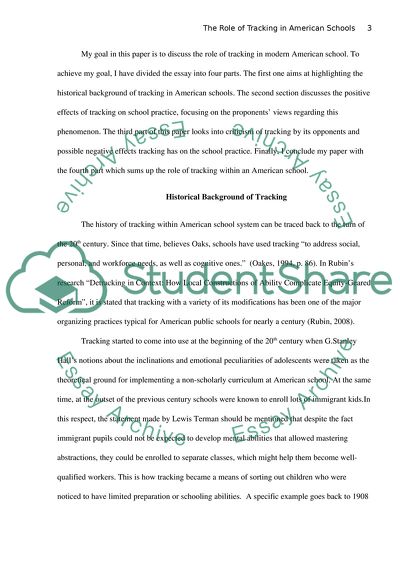Cite this document
(The Role of Tracking in American Schools Report Example | Topics and Well Written Essays - 2000 words, n.d.)
The Role of Tracking in American Schools Report Example | Topics and Well Written Essays - 2000 words. https://studentshare.org/education/1763828-urban-education-policy
The Role of Tracking in American Schools Report Example | Topics and Well Written Essays - 2000 words. https://studentshare.org/education/1763828-urban-education-policy
(The Role of Tracking in American Schools Report Example | Topics and Well Written Essays - 2000 Words)
The Role of Tracking in American Schools Report Example | Topics and Well Written Essays - 2000 Words. https://studentshare.org/education/1763828-urban-education-policy.
The Role of Tracking in American Schools Report Example | Topics and Well Written Essays - 2000 Words. https://studentshare.org/education/1763828-urban-education-policy.
“The Role of Tracking in American Schools Report Example | Topics and Well Written Essays - 2000 Words”. https://studentshare.org/education/1763828-urban-education-policy.


